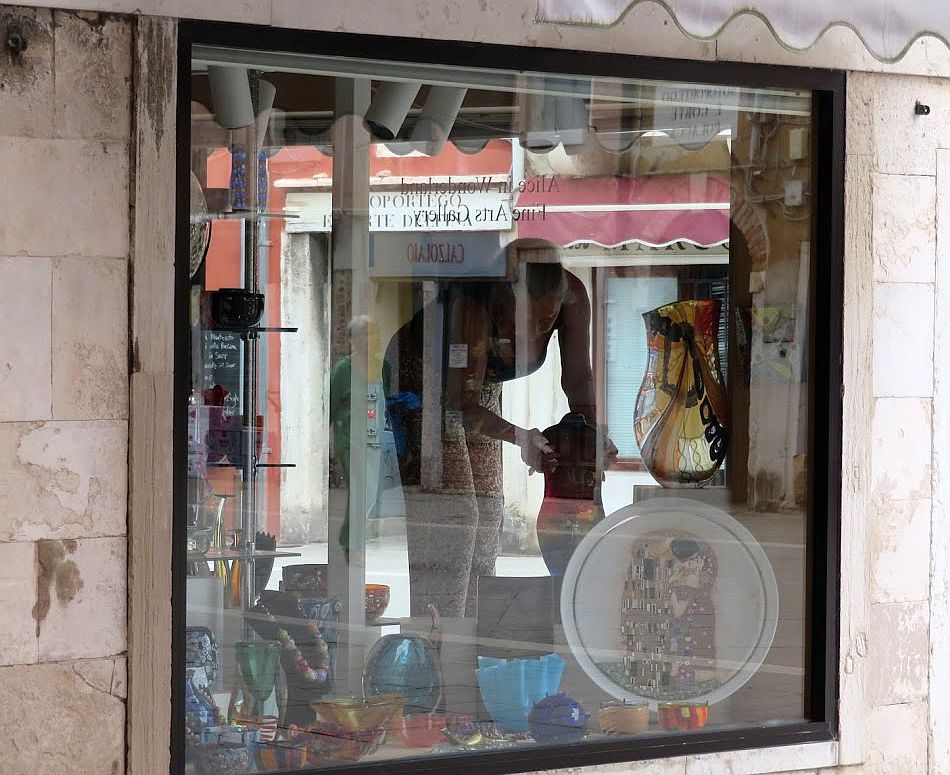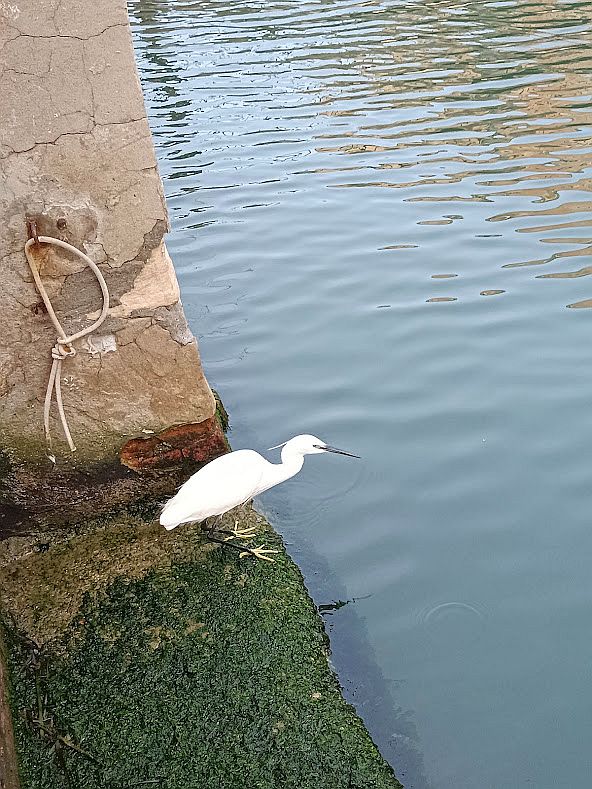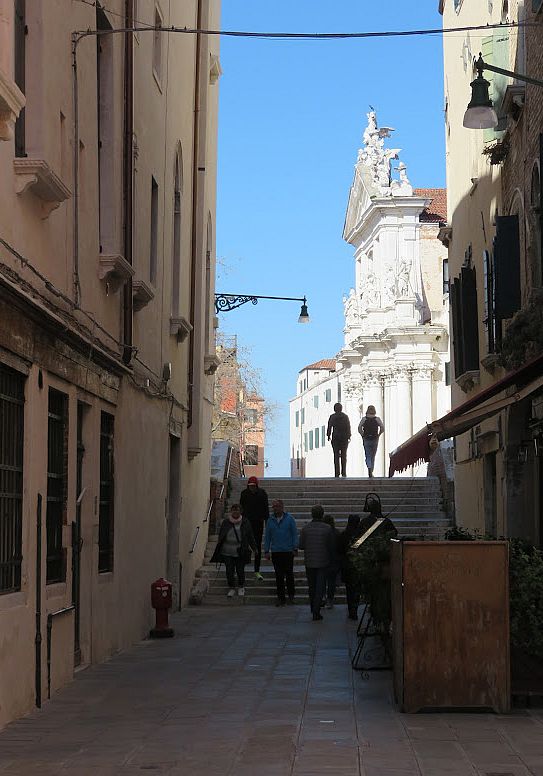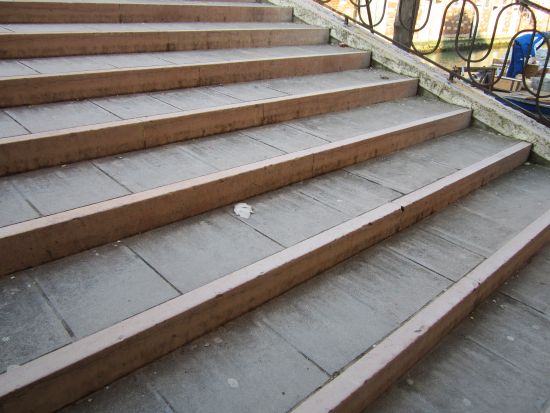
The story about making money off tourists has taken a few turns since my recent post. It would probably be more accurate to call the following characters “short-term visitors” rather than tourists, because their purpose in being here does not resemble in any way whatever the typical tourists are seeking.
First, there are what journalist Elisio Trevisan, in his report for the Gazzettino, calls “beggar-commuters.” We are now learning that an increasing number come to Venice from various Eastern European points on what you might call, not a vacation, really, but a sort of brief work-abroad project. They come on the cheap Flixbus (which is great, by the way), set themselves up as beggars, eat at the community soup-kitchens, sleep in doorways, and can make as much as 100 euros per day. They manage to wash up at some public source of water before the return trip (the bus driver won’t let them board otherwise) and go home to their families with enough to live on till the next trip becomes necessary.
Then there are the regular thieves. They too are coming from elsewhere; they also are not exactly tourists, but tastes on vacations vary. Some people take a break and go surfing, or look at the Mona Lisa, or run with a batch of bulls, while these intrepid pilferers come to Venice to steal for a while. According to Carlo Mion writing in La Nuova Venezia, they come over from Lombardy, the region next door, and are usually organized by family or clan.

The Carabinieri have been studying them and their systems. They are basically from the Balkans and eastward (Romania, Croatia, Serbia, Bulgaria, and also a contingent of Roma). They dress in a credible way; the women wear panama hats and big scarves (to cover their faces from surveillance cameras), daypack hoisted on their chests and with a city map in hand (to cover their busy hands). Also, they look very touristy this way. Favorite targets: Americans, Koreans, Japanese. During one brief shining period there were also cash-laden Russians. In any case, a clever faux-tourist can gather as much as 300 euros in a day.
In one recent case, it was 700 euros. Two Bulgarian women lifted the wallet (that also included her documents such as passport, I assume, and perhaps also credit cards) of an 80-year-old American woman. The victim wasn’t aware of anything amiss, so I don’t know who raised the hue and cry. In any case, the filchers were taken away by whichever uniformed officer was on duty. The hearing is scheduled for the end of July — “in theory.” That doesn’t sound encouraging. In any case, whatever happens, they will be back. Or their friends and relatives.



